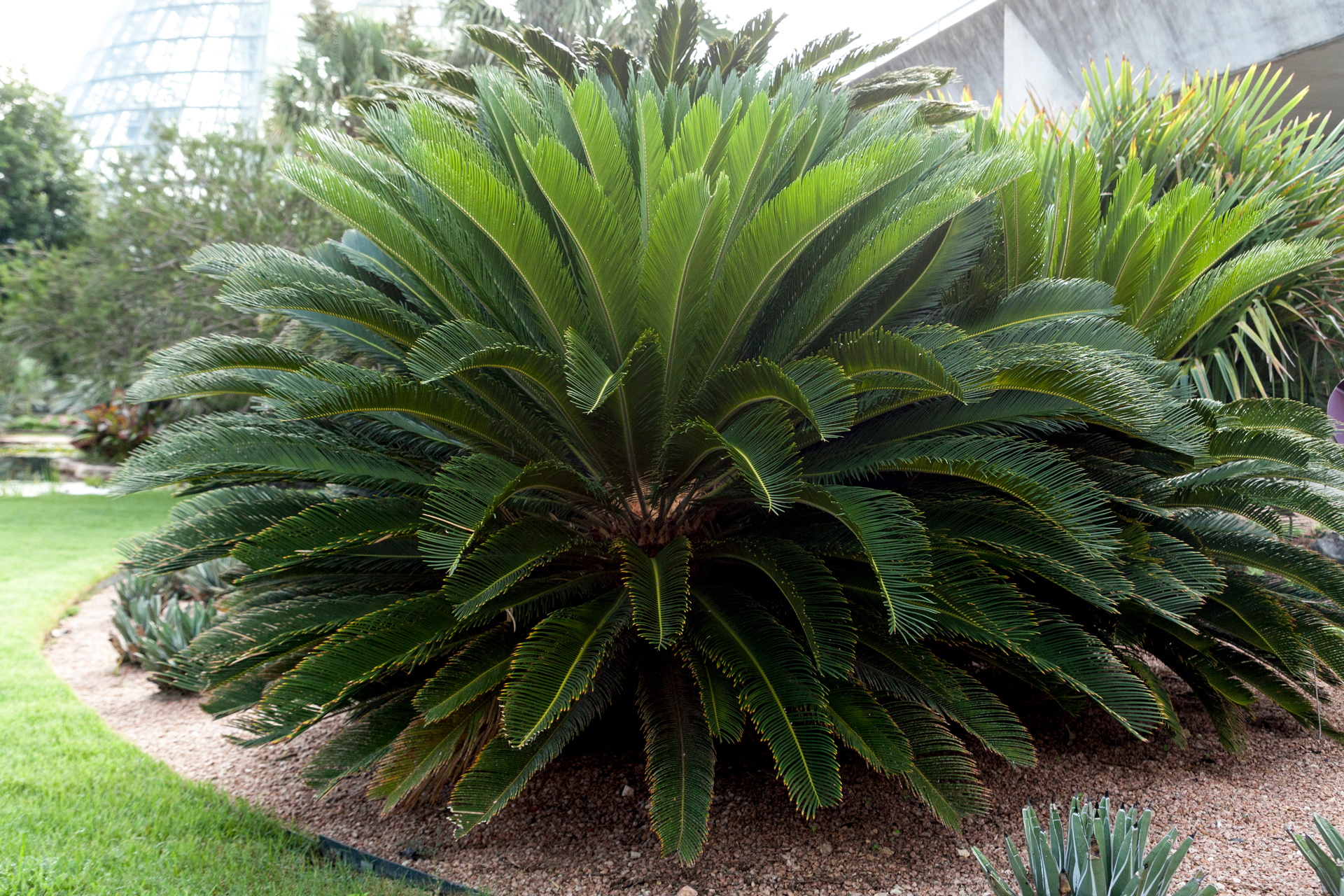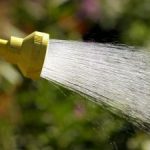Add a little prehistoric panache to your landscape — plant a sago palm! Its origins date back to the Mesozoic era and it’s virtually indestructible.
You don’t need to be Steven Spielberg to savor the wonders of the Jurassic. You simply need to shop the nearest nursery for a sago palm (Cycas revoluta).
This “palm” with thick-skinned armor is not really a palm at all. It’s more related to conifers and Gingko trees than palms, and we can trace its origins to the Mesozoic era!
Planting
This primitive plant adapts very well to any well-drained soil and prefers partial shade to thrive. The best time to plant sago or any palm is from May 1 to Oct. 1. Instead of growing continually, the dark green leaves will grow in a single flush period that we call a break. These leaves reach 20 to 50 inches long on a mature plant. The diameter of the trunk is usually about 1-12 inches, but in some cases larger. A common feature of this cycad is its ability to produce side shoots or “pups.” In optimum conditions, height can reach 15 feet.
To multiply your plants (and save a few dollars), remove the new shoots forming at the base/main trunk and plant them. Starting a plant from seed takes longer because germination spans a couple of months.
Design
‘Queen’ and ‘King’ are the most commonly used sagos in the landscape. If you decide to give your garden a tropical touch with this ancient plant, make sure the spot you select to plant it is where you want it permanently — moving it later can be an arduous and painful task. In addition, keep it a safe distance from areas of constant traffic and where there are small children. The fronds can be quite sharp. Also, the red seeds are toxic to pets and humans. Do not plant it anywhere your pets or small children will be unsupervised for any length of time. However, the seeds only occur on female sagos and only once in a while. The whole fruiting structure may be removed with a sharp knife before the seeds become attractive to pets and children.

Maintenance
After an establishment period of about 60 to 90 days, watering by hand 2 to 3 times a week for 3 weeks, sagos are extremely drought-tolerant and require water only four to six times a year. Roots can be overwatered and will rot. Combine sago palms with other drought-tolerant plants that require minimal watering.
No fertilization is required although a palm or hibiscus fertilizer is appreciated. Compost applied twice a year is more than sufficient. Pests are limited to scale, grubs and humans. If scale is seen, a light application of horticultural or neem oil should do the job. Never prune more than 25 percent of the fronds or more than 25 percent of the total height.
Summary
Sago palms, though not true palms, have existed for thousands of years and co-existed with the dinosaurs. Planted and watered correctly they could last more than a century in your landscape.




